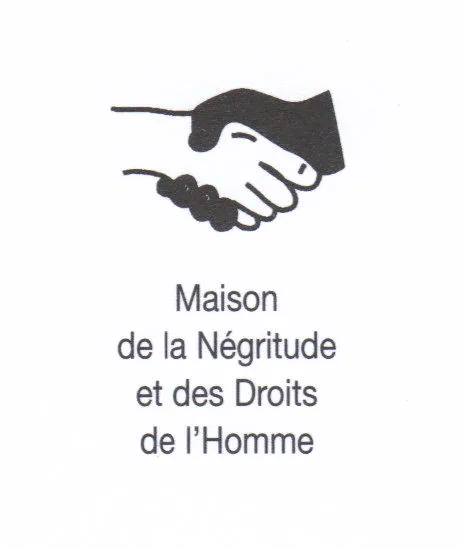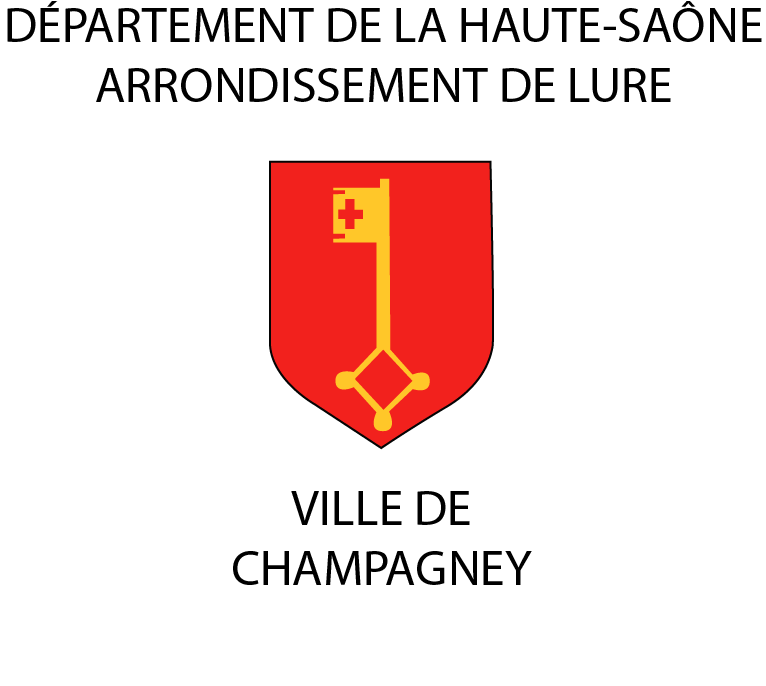In english
House of Negritude and Human Rights

Champagney nowadays:
Champagney is the main town of a federation of towns. It is currently the home of approximately 3,900 people and is crossed by the Rahin river. It is situated at the base of the Vosges Saônoises and halfway between Lure and Belfort. The residents are known as “Champagnerots”, who specialise in commerce, tertiary industries and artisan products.
The House of Negritude and Human Rights is an original and historical museum which forms a significant part of Champagney’s rich history.
The museum is a tribute to the “Champagnerots” who asked the French king Louis XVI to abolish slavery of Black people with strong and brave words that were written in their Register of Grievances dated March 19th, 1789.
A document never seen before
The name of the museum was the idea of Léopold Senghor, former president of the Republic of Senegal. The museum was created in 1971 by a Champagnerot passionated by local history : René Simonin. The story goes that René Simonin (1911-1980) discovered a document unique in its kind in the Haute-Saône departmental archives. This document was known as the article 29 of the Champagney Register of Grievances in which the people of the time had asked for the abolition of slavery. This article is believed to have been submitted by Jacques-Antoine Priqueler (1753-1802) – bodyguard of King Louis XVI – who was on vacation in Champagney, his home town. René Simonin decided to pay tribute to the inhabitants who wrote this document, by creating the House of Negritude and Human Rights.
Discover :
The House is all about remembrance and was created around this article 29 of the Champagney Register of Grievances. There, you will find explanations about the context of the writing of this visionary, enlightened and courageous document, the story of slavery and contemporary forms of slavery.
You will discover, amongst other things, a reproduction of a slave ship as well as many African and Haitian artifacts illustrating the negritude (or values of the black people society) dear to Léopold Senghor.
Abolition trail?:
The House of Negritude and Human Rights is part of the “Abolition trail” which was set up in 2004 and which includes 4 other sites in the East of France:
• Grégoire’s House in Emberménil (54)
• Schoelcher in Fessenheim (68)
• Toussaint Louverture’s in Joux fort
• Anne-Marie Javouhey’s house in Chamblanc (21)
For more information?: ?www.abolitions.org (website in French, English, German, Spanish and portugese)
Plan your visit?:
Self-guided visit or guided tour (in French only)
Guide book in French , English , German and spanish
Opening hours :
| From April 1st to October 31st: | Tuesday to Friday Saturday and Sunday |
10:00 a.m. - 12:00 a.m. 2:00 p.m. - 6:00 p.m. |
| From November 1st to March 31st: | Tuesday to Saturday | 1:30 p.m. -5:30 p.m. |
Guided tours every day at 4:00 p.m.
For Groups, bookings are required
Closed on some Bank holidays (May 1st, November 1st and 11th) and during Christmas holidays
Prices
Adults : 3,5€
Students : 2€ (with a valid student card)
Adult groups (from 10 people) : 2€
School groups from 10 years old : 1€ (free for accompanying people)
Free for children under 10
What to visit nearby
Notre-Dame du Haut and its Chapel built by Le Corbusier, in Ronchamp.
Mining Museum, Ronchamp
Information
Rahin and Chérimont Tourist Office, 25 rue Le Corbusier, 70250 Ronchamp.
Phone number: +33 (0)3 84 63 50 82
Location : between Vesoul (40kms away) and Belfort (20 kms away)
By road : National Road 19 from Lure or Belfort and then D4 from Ronchamp, taking the direction of Giromagny/La Planche des Belles Filles.
By train : From Vesoul or Belfort, stopping at Champagney (the station is 1.5kms away from the museum)
Contact :
House of Negritude and Human Rights
24 Grande rue
70290 CHAMPAGNEY
Tél : +33 (0)3 84 23 25 45
musee@champagney.fr

